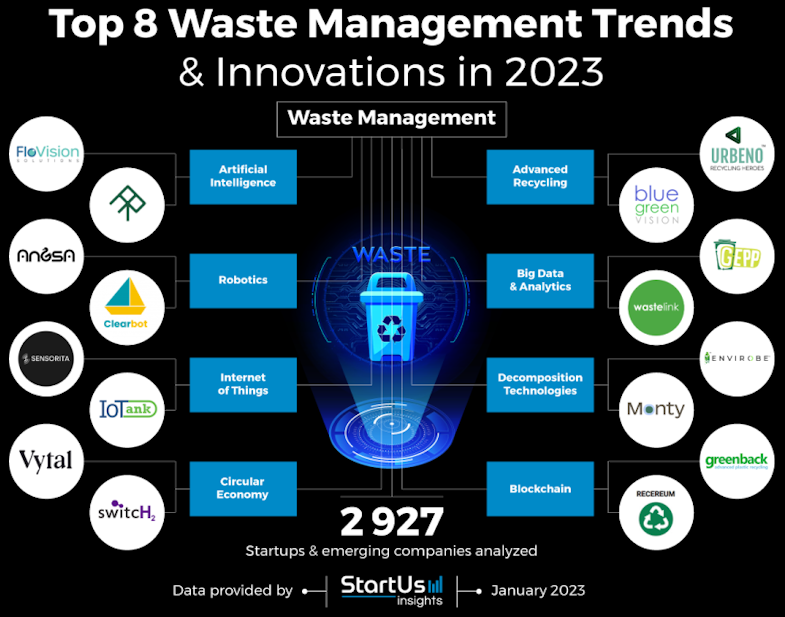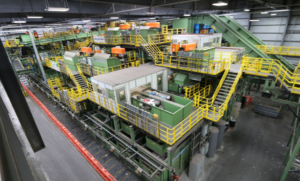For those taking on a home renovation, cleaning out a garage, or handling debris from a landscaping overhaul, renting a dumpster in Tennessee can be an efficient way to dispose of debris of many types.
Knowing what you can throw away in a dumpster rental is important as you want to comply with local regulations to avoid being charged extra. If you want to get the most out of your dumpster rental, this guide gives you an overview of correct and wrong areas.
Household Items
General household items can usually be disposed of in a dumpster rental without concern. These cover commonly used stuff such as furniture, clothes, toys, books, and other non-flammable items. Commonly accepted include old furniture like sofas, tables, chairs and mattresses But mattresses do sometimes come with an additional fee, depending on the local disposal laws in some areas.
If you’re decluttering your home in Memphis or getting ready to move, you can also add personal belongings you no longer need, as long as they don’t have hazardous parts. In some instances, electronics (like old TVs, computers and appliances) are also accepted, though you’ll want to check with the rental company for any restrictions.
Construction and Demolition Material
People who are working on projects to do with construction, remodeling, or buildings, dumpsters are great for throwing away construction and demolition (C&D) waste. Materials such as wood, drywall, bricks, concrete, roofing shingles and tiles. Structural elements such as windows, doors, and cabinets are also generally permitted.
However, for heavier materials to dispose of, concrete and asphalt for instance, you might need to rent a specific dumpster for these kinds of items because of weight limitations. Dumpster rental services often provide specialized containers for heavy materials for safe transportation.
Yard Waste
Most landscaping projects produce a lot of organic waste. You can rent a dumpster to throw away tree branches, grass clippings, leaves, shrubs, and other kinds of yard debris. This makes it easier for the rental companies to compost the dumping separately, streamlining some fruits and veggies!
In some instances you can also dispose of treated wood, such as fence panels or old decking, but you would need to check that with the rental provider. Large stumps or pieces of log may also be accepted, though there may be size limits.
Household Cleanouts
A dumpster rental service is a perfect solution for big cleanouts, such as during spring cleaning or following estate sales. Things like carpets, curtains, bedding and other textiles are usually OK. You’ll also be able to get rid of non-hazardous kitchenware, cookware and small appliances — think toasters or blenders.
Acceptable Electronics
In most cases, some electronics (such as gadgets that don’t work anymore and small appliances) can be discarded in a dumpster. These include old phones, radios, or ancient gaming consoles. But they can impose limits on bigger pieces of electronic equipment like refrigerators, air conditioners, say, because they hold Freon or other dangerous chemicals.
Items You Should Avoid
While dumpsters can hold many different materials, there are a few things that are almost always banned. These are waste hazardous such as:
- Chemicals and Solvents: Paints, oils, pesticides, and industrial solvents
- Batteries: All batteries, including car batteries, lead-acid batteries, and lithium batteries
- Asbestos: This substance is sometimes found in more antiquated building products, and needs special disposal
- Medical Waste: Includes sharps, expired medications, and other biohazard materials
- Tires: Most landfill facilities refuse to accept them due to environmental regulations
- Flammable Materials: Gasoline, propane tanks and other combustibles
- Hazardous Electronics: CRT monitors, television sets, and refrigerators with freon
And if you do need to dispose of any of these items, your local waste-management or recycling center should be able to assist.
Quick Tips for Using a Dumpster Effectively
So to get the most out of your dumpster rental, consider the following:
- Sort Your Waste: Avoid fines by keeping prohibited items out of accepted materials
- Mind weights: Putting too much heavy materials in the dumpster can also rack up extra charges
- Check your local laws: Determine what is considered to be a legal disposal in your area
- Talk With the Rental Company: Discuss what your project requires and go over any limitations before renting
Knowing what is legal and what is not legal to dispose of in a dumpster rental is key to a smooth and affordable junk removal process. In additional efficient waste management companies use AI technologies to strengthen their operations.
Most household items, construction debris and yard waste are fine, but hazardous materials and specific electronics need to be handled differently. As long as you follow the rules and cooperate with your rental company, its easy to stay on top of your project and the regulations through local waste disposal, to help save the planet.






 The damage caused by pollution on the reproductive, nervous and respiratory systems can run for several generations. According to a new study, this would also apply to the immune system.
The damage caused by pollution on the reproductive, nervous and respiratory systems can run for several generations. According to a new study, this would also apply to the immune system. How to thrive, not just survive, in a crowded house.
How to thrive, not just survive, in a crowded house. If the sorting of our waste materials remains unusual to most poeple, let us not be blinded by the mirage of all-recycling, which alone can not solve the big problem of post-use management of plastic waste.
If the sorting of our waste materials remains unusual to most poeple, let us not be blinded by the mirage of all-recycling, which alone can not solve the big problem of post-use management of plastic waste. Healthy eating habits are minor adjustments you incorporate into your lifestyle to stay fit and strong. When you are overweight, these minor adjustments can potentially save you from weight-related diseases that can strike your health any minute.
Healthy eating habits are minor adjustments you incorporate into your lifestyle to stay fit and strong. When you are overweight, these minor adjustments can potentially save you from weight-related diseases that can strike your health any minute.